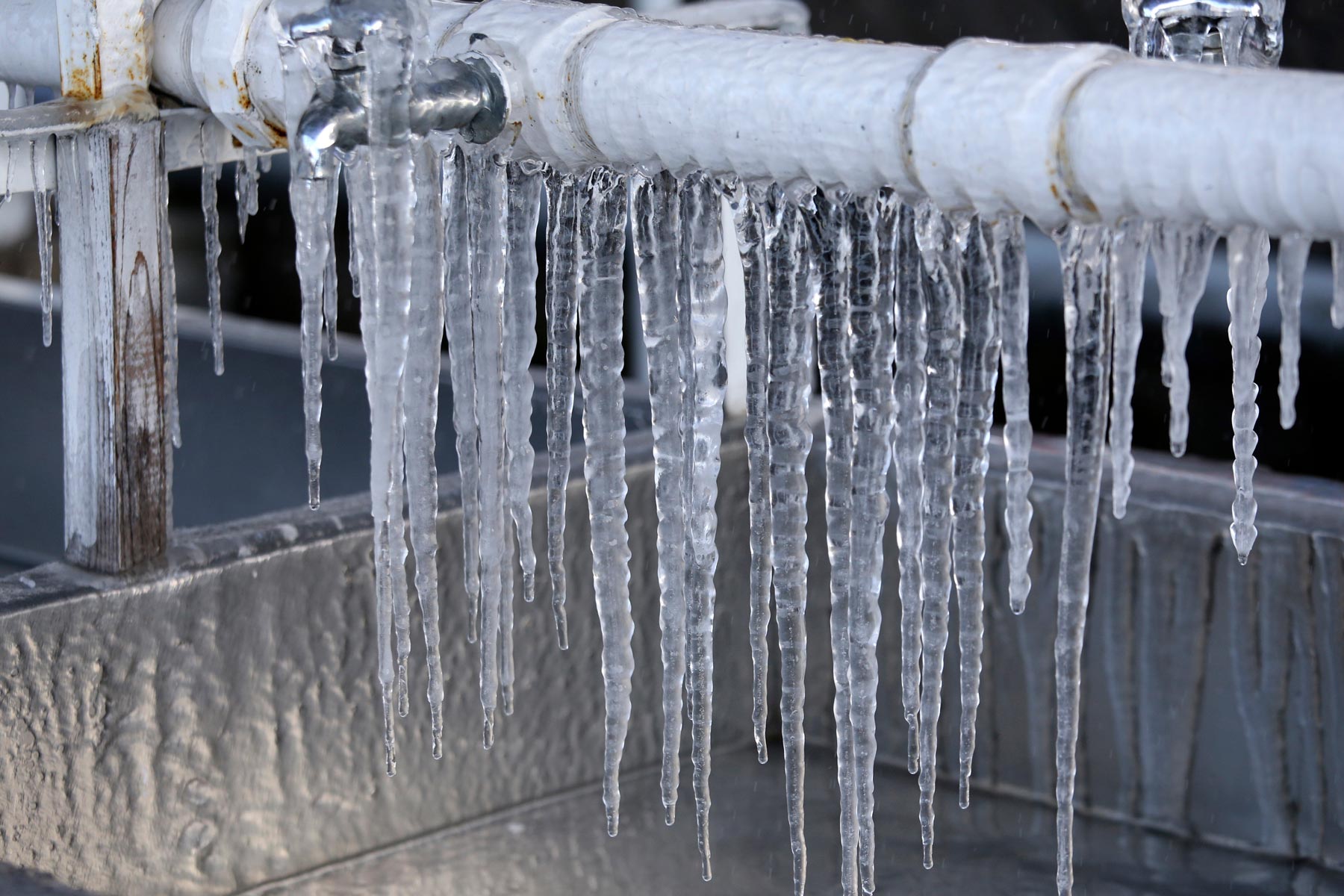Preventing Frozen Pipes: Effective Strategies for Cold Weather
Preventing Frozen Pipes: Effective Strategies for Cold Weather
Blog Article
What're your concepts about How to prepare your home plumbing for winter weather?

Winter can ruin your pipes, specifically by freezing pipelines. Below's just how to avoid it from taking place and what to do if it does.
Introduction
As temperatures decrease, the risk of icy pipelines boosts, potentially leading to expensive repair work and water damages. Recognizing exactly how to avoid frozen pipelines is important for property owners in cool climates.
Comprehending Frozen Pipes
What triggers pipes to ice up?
Pipelines ice up when subjected to temperature levels listed below 32 ° F (0 ° C) for expanded periods. As water inside the pipelines freezes, it increases, taxing the pipe walls and possibly causing them to burst.
Dangers and problems
Icy pipelines can bring about water system interruptions, property damage, and pricey repair work. Ruptured pipes can flood homes and cause comprehensive architectural damages.
Indicators of Frozen Pipeline
Determining frozen pipelines early can avoid them from rupturing.
Just how to determine icy pipelines
Try to find lowered water circulation from faucets, uncommon smells or noises from pipes, and visible frost on revealed pipes.
Avoidance Tips
Shielding at risk pipelines
Cover pipes in insulation sleeves or use warmth tape to shield them from freezing temperature levels. Focus on pipelines in unheated or external locations of the home.
Home heating methods
Keep interior rooms adequately heated up, specifically areas with pipes. Open up closet doors to permit warm air to flow around pipes under sinks.
Safeguarding Exterior Plumbing
Yard hoses and outdoor faucets
Separate and drain pipes yard tubes prior to wintertime. Install frost-proof spigots or cover outside taps with insulated caps.
What to Do If Your Pipes Freeze
Immediate activities to take
If you believe icy pipes, keep faucets available to soothe pressure as the ice melts. Use a hairdryer or towels soaked in hot water to thaw pipes gradually.
Long-Term Solutions
Architectural changes
Take into consideration rerouting pipelines far from exterior walls or unheated areas. Include added insulation to attic rooms, basements, and crawl spaces.
Upgrading insulation
Buy high-quality insulation for pipes, attic rooms, and walls. Correct insulation assists maintain regular temperature levels and minimizes the risk of icy pipes.
Conclusion
Avoiding frozen pipes needs aggressive steps and quick responses. By understanding the causes, indicators, and preventive measures, home owners can safeguard their plumbing throughout winter.
Helpful Tips to Prevent Frozen Pipes this Winter
UNDERSTANDING THE BASICS: WHY PIPES FREEZE AND WHY IT’S A PROBLEM
Water freezing inside pipes is common during the winter months, but understanding why pipes freeze, and the potential problems it can cause is crucial in preventing such incidents. This section will delve into the basics of why pipes freeze and the associated problems that may arise.
THE SCIENCE BEHIND FROZEN PIPES
When water reaches freezing temperatures, it undergoes a physical transformation and solidifies into ice. This expansion of water as it freezes is the primary reason pipes can burst. As the water inside the pipe freezes, it expands, creating immense pressure on the walls. If the pressure becomes too great, the pipe can crack or rupture, leading to leaks and water damage.
FACTORS THAT CONTRIBUTE TO PIPE FREEZING
Low Temperatures: Extremely cold weather, especially below freezing, increases the risk of pipes freezing. Uninsulated or Poorly Insulated Pipes: Pipes located in unheated areas, such as basements, crawl spaces, or attics, are more prone to freezing. Insufficient insulation or lack of insulation altogether exacerbates the problem. Exterior Wall Exposure: Pipes running along exterior walls are susceptible to freezing as they encounter colder temperatures outside. Lack of Heating or Temperature Regulation: Inadequate heating or inconsistent temperature control in your home can contribute to frozen pipes. PROBLEMS CAUSED BY FROZEN PIPES
- Pipe Bursting: As mentioned earlier, the expansion of water as it freezes can cause pipes to burst, resulting in significant water damage.
- Water Damage: When pipes burst, it can lead to flooding and water damage to your property, including walls, ceilings, flooring, and personal belongings.
- Structural Damage: Prolonged exposure to water from burst pipes can compromise the structural integrity of your home, leading to costly repairs.
- Mold and Mildew Growth: Excess moisture from water damage can create a favorable environment for mold and mildew growth, posing health risks to occupants.
- Disrupted Water Supply: Frozen pipes can also result in a complete or partial loss of water supply until the issue is resolved.
WHY CERTAIN PIPES ARE MORE PRONE TO FREEZING
- Location: Pipes located in unheated or poorly insulated areas, such as basements, crawl spaces, attics, or exterior walls, are at higher risk of freezing.
- Exterior Pipes: Outdoor pipes, such as those used for irrigation or exposed plumbing, are particularly vulnerable to freezing as they are directly exposed to the elements.
- Supply Lines: Pipes that carry water from the main water supply into your home, including the main water line, are critical to protect as freezing in these lines can affect your entire plumbing system.
- Underground Pipes: Pipes buried underground, such as those connected to sprinkler systems or outdoor faucets, can be susceptible to freezing if not properly insulated.
https://busybusy.com/blog/helpful-tips-to-prevent-frozen-pipes-this-winter/

We hope you enjoyed our topic about Preventing and dealing with frozen pipes. Many thanks for taking the time to read our short article. Enjoyed our article? Please quickly share it. Let another person check it out. I praise you for your time. Please visit our blog back soon.
Call Today Report this page